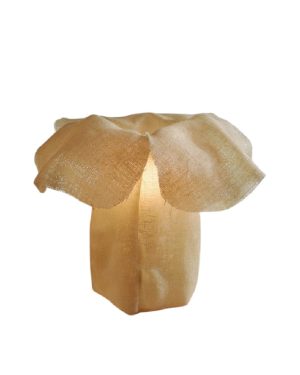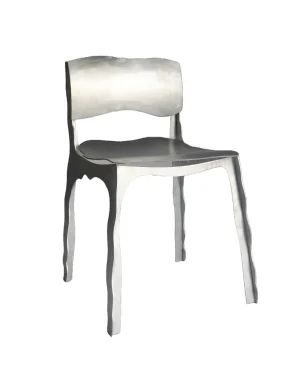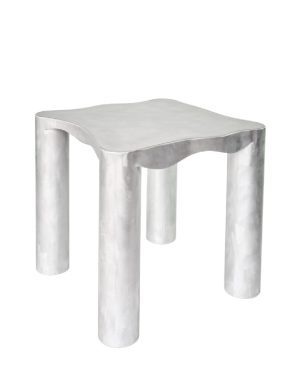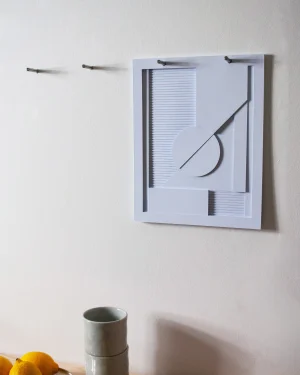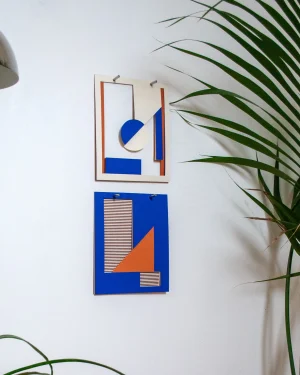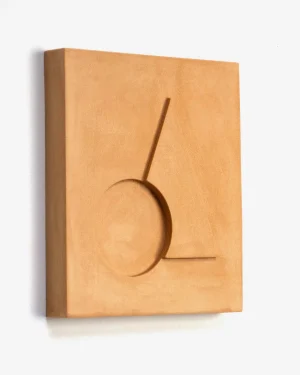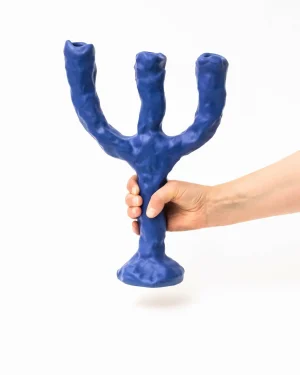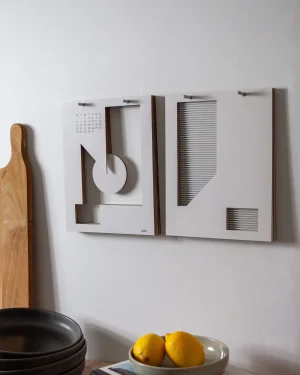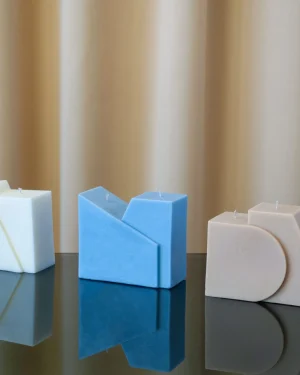Icelandic design is marked by its innovation, connection to nature, and sustainability. It uniquely combines traditional craftsmanship with modern aesthetics, drawing heavily from Iceland\'s dramatic landscapes and cultural heritage.
- Innovation and Creativity: Pioneering designs that challenge conventional aesthetics.
- Nature-Inspired: Motifs and materials that reflect the volcanic, arctic environment of Iceland.
- Sustainability and Eco-Friendliness: A strong emphasis on sustainable practices and local materials.
Contemporary Icelandic Designers
Iceland may be small, but it is home to many designers who have gained international recognition for their originality and commitment to sustainability.
- Theodóra Alfreðsdóttir: Focuses on the narrative potential of objects, delving into manufacturing processes and origins.
- Studio Flétta: Utilizes recycled materials and local production to create works that address textile waste.
Common Materials in Icelandic Design
The rugged Icelandic environment provides a wealth of natural materials that are both functional and beautiful, reflecting the nation\'s deep connection to its landscape.
Defining Characteristics of Icelandic Design
Icelandic design stands out for its innovative use of materials, storytelling, and the integration of design and art, often reflecting the country\'s mystical and rugged nature.
- Artistic Integration: Blurring the lines between art, design, and functionality.
- Storytelling: Incorporating elements of Icelandic mythology and folklore.
- Minimalism with Edge: Combining clean lines with raw, natural textures.
Modern Perception of Icelandic Design
Today, Icelandic design is celebrated for its originality, sustainability, and the way it encapsulates Iceland\'s spirit of innovation and respect for nature.
- Global Recognition: Icelandic design has carved out a niche in the international design world.
- Sustainability Focus: Seen as a model for sustainable, environmentally conscious design.
- Cultural Ambassador: Acts as a medium through which Icelandic culture and values are communicated globally.
Influences on Icelandic Design
The development of Icelandic design is deeply influenced by the island\'s unique natural environment, cultural history, and modern global trends.
- Natural Environment: The dramatic landscapes of Iceland inspire much of its design ethos.
- Cultural Heritage: Viking history and Norse mythology are often referenced in design.
- Global Trends: While rooted in local tradition, Icelandic design is also informed by global aesthetics and sustainability movements.

